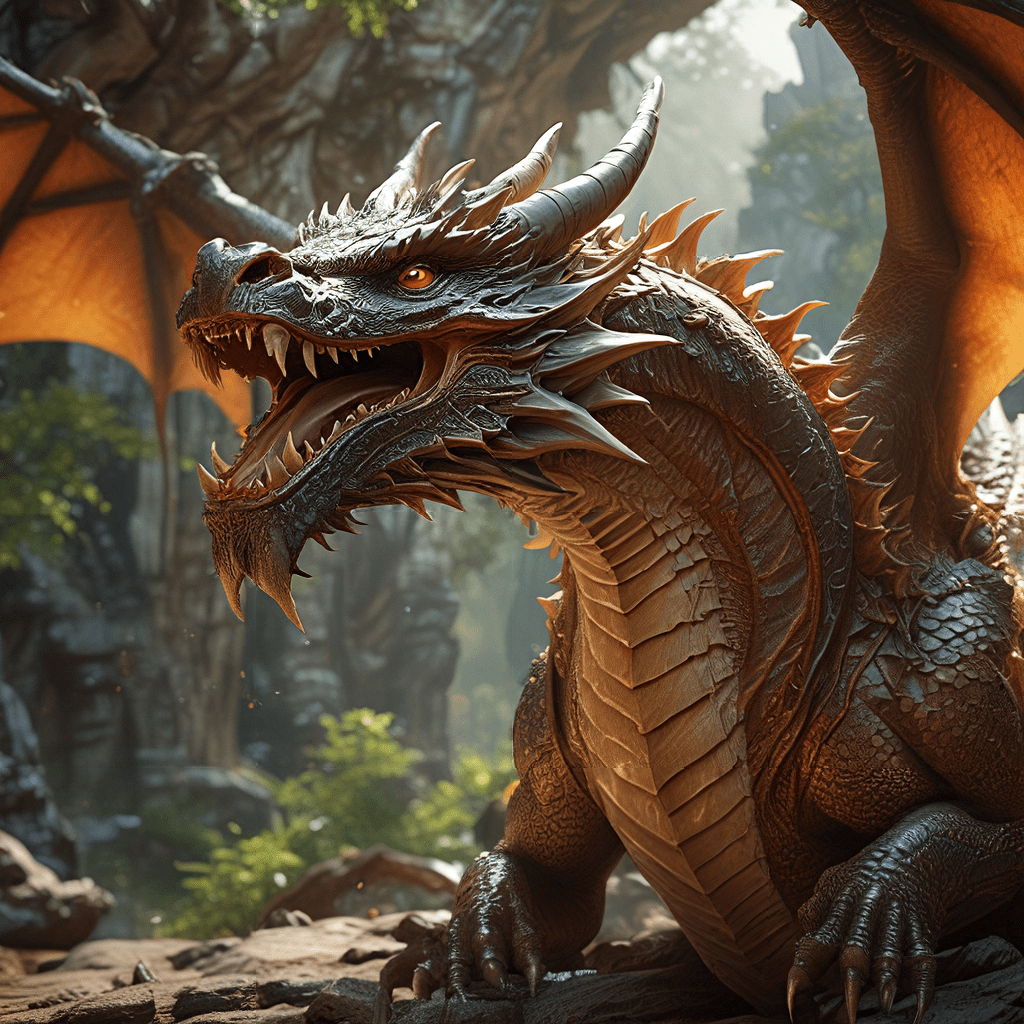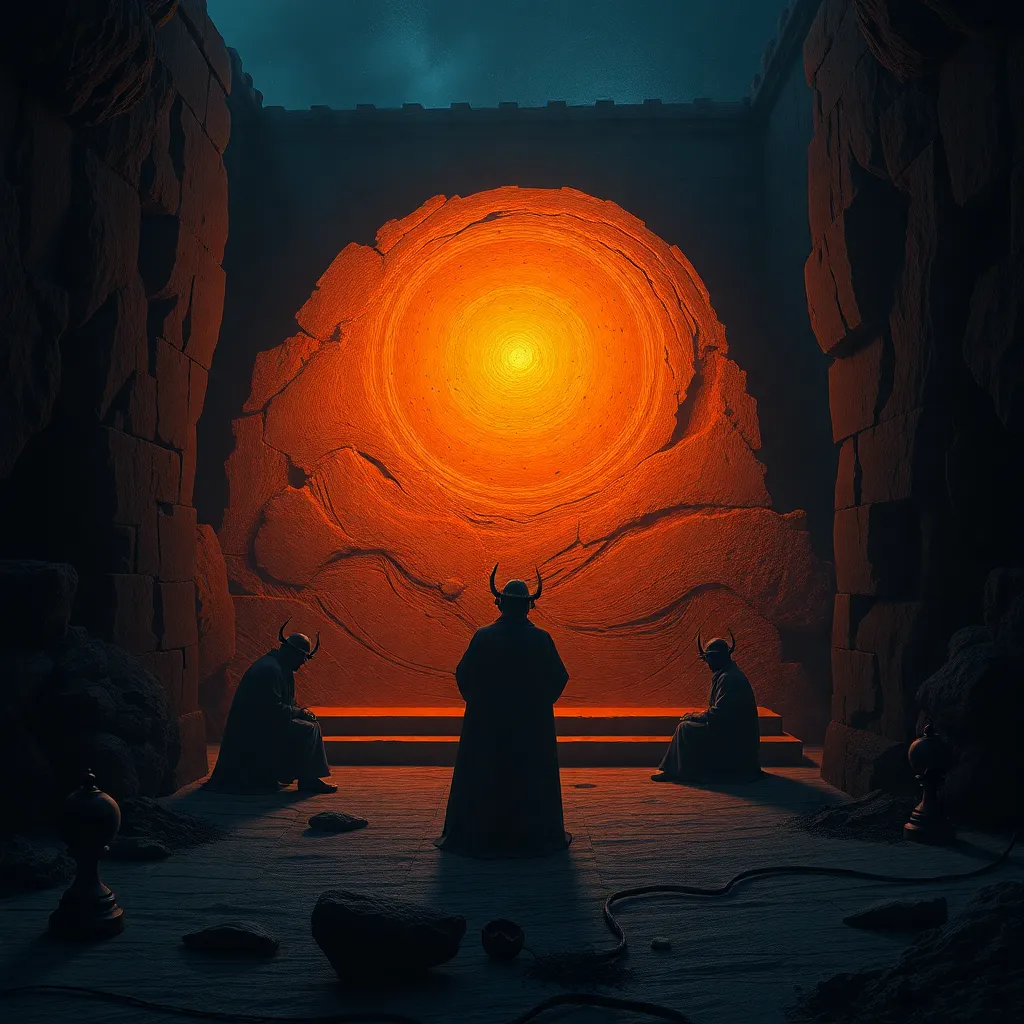The Dragon’s Roar: A Global Mythological Phenomenon
Dragons, those magnificent and fearsome creatures, have captured the imaginations of people across the globe for millennia. From the ancient myths of China to the medieval legends of Europe, dragons have woven themselves into the tapestry of human storytelling, becoming powerful symbols of both awe and dread. Their presence in folklore, literature, and art speaks to the enduring fascination with these mythical beings, reflecting deep-seated anxieties and aspirations of humanity.
The Many Faces of the Dragon: From Benevolent Guardians to Fierce Destroyers
Dragons are not monolithic creatures; their nature, characteristics, and roles in myths vary greatly depending on culture and context. In some cultures, like in ancient China, dragons are revered as benevolent guardians, associated with wisdom, power, and prosperity. They are often depicted as celestial beings, controlling the weather and bringing rain to nourish crops. In other cultures, like in European folklore, dragons are typically portrayed as fierce and destructive beasts, guarding treasures, challenging heroes, and wreaking havoc on unsuspecting villages. These contrasting portrayals highlight the multifaceted nature of the dragon, reflecting the diverse ways in which humans have understood and interacted with the natural world.
The Dragon’s Breath: Fire and Destruction as a Symbolic Force
The most striking feature of many dragons is their fiery breath, a symbol of both destruction and creativity. The ability to breathe fire represents the untamed power of nature, capable of both immense devastation and life-giving energy. Fire, in mythology, is often associated with transformation, purification, and the potential for both creation and destruction. In some cultures, the dragon’s fire represents the sun’s power, bringing warmth and light to the world. In others, it represents the chaotic and unpredictable forces of nature, capable of unleashing devastating storms and volcanic eruptions.
The Dragon’s Scales: Armor, Power, and the Protection of Secrets
Dragons are often depicted as covered in shimmering scales, serving as both armor and a symbol of their formidable power. Their scales, like the plates of a knight’s armor, provide protection from harm, representing the dragon’s strength and resilience. The scales also symbolize the dragon’s ability to conceal its true nature and keep secrets. In many cultures, the dragon’s scales are believed to possess magical properties, offering protection and granting wishes to those who possess them. This association with magic and power further reinforces the dragon’s mystique and the awe it commands.
The Dragon’s Flight: Soaring Above the Mundane, Reaching for the Divine
The ability to fly is a key characteristic of many dragon species, allowing them to soar above the mundane world and reach for the heavens. Flight, in mythology, often represents transcendence, freedom, and a connection to the divine. Dragons, with their wings, are able to bridge the gap between the earthly realm and the spiritual realm, connecting with the forces that govern nature and destiny. Their ability to fly, therefore, symbolizes their power, wisdom, and connection to the divine, making them both feared and revered.
The Dragon’s Lair: Caves, Mountains, and the Unfathomable Depths of the Earth
Dragons are often associated with hidden and mysterious places, particularly caves, mountains, and the deep recesses of the earth. These locations symbolize the dragon’s connection to the primal forces of nature, as well as the hidden and unknowable aspects of the world. Caves, in many cultures, are seen as portals to the underworld, representing the unseen and the unknown. Mountains, with their towering heights, are often associated with the divine, representing the realm of the gods and the forces that shape the world. The earth itself, with its vast depths and hidden treasures, represents the source of life and the potential for both creation and destruction. By dwelling in these places, dragons embody the power and mystery of the natural world, making them both awe-inspiring and terrifying.
The Dragon as a Guardian: Protecting Treasures and Sacred Sites
Dragons are often portrayed as guardians of treasure, knowledge, and sacred sites. Their presence in these places reflects their role as protectors, ensuring that valuable and sacred things are safe from those who would seek to exploit or desecrate them. In some myths, dragons guard mountains that contain precious metals and gemstones, representing the treasures of the earth and the hidden wealth that lies beneath the surface. In other stories, dragons protect ancient knowledge and wisdom, representing the mysteries of the past and the secrets that remain hidden from the world. Their role as guardians signifies their connection to the fundamental values of protection, preservation, and the safeguarding of things of great value.
The Dragon as a Test: Trials by Fire and the Hero’s Journey
Dragons are frequently depicted as adversaries in heroic tales, representing challenges and trials that heroes must overcome to prove their worth and achieve their goals. In many myths, dragons are associated with fire, representing the destructive and purifying power of this element. Heroes who face dragons must confront their own fears, overcome physical and psychological obstacles, and ultimately demonstrate their bravery, cunning, and resilience. The dragon, in these stories, serves as a test, pushing heroes to their limits and forcing them to confront their own inner demons. By defeating the dragon, heroes prove their worth and gain the knowledge, wisdom, or treasure that they seek.
The Dragon as a Metaphor for Nature’s Power: The Untamed Force of the Elements
Dragons, with their immense size, strength, and ability to control elements like fire and water, are powerful metaphors for the untamed force of nature. They represent the wild, unpredictable, and often destructive power of the natural world, reminding humans of their vulnerability and dependence on the forces that govern the planet. Dragons, in this context, represent the power of storms, volcanoes, floods, and other natural phenomena that shape the landscape and influence the course of human history. They serve as a reminder of the power of nature and its ability to both create and destroy.
The Dragon’s Legacy: A Powerful Symbol Enduring Through Time
Dragons are ancient creatures, their presence in myths and legends spanning millennia. Their enduring presence in human storytelling speaks to their powerful symbolism, reflecting both our fascination and our fear of the natural world. Dragons represent the untamed power of nature, the mystery of the unknown, and the primal forces that govern our existence. Their legacy continues to shape our perceptions of the world, inspiring writers, artists, and filmmakers to explore themes of power, magic, and the eternal struggle between humanity and the forces of nature.
FAQs:
What are dragons?
Dragons are mythical creatures that appear in folklore, legends, and mythology across the world. They are often described as large, serpentine creatures with wings, scales, and the ability to breathe fire.
What is the significance of dragons in mythology?
Dragons hold a powerful symbolic meaning in mythology, representing a variety of concepts, including:
* **Power and Strength:** Dragons are often depicted as powerful and formidable creatures, symbolizing their immense strength and the forces of nature.
* **Wisdom and Knowledge:** In some cultures, dragons are associated with wisdom and knowledge, representing the secrets of the past and the mysteries of the world.
* **Guardianship:** Dragons frequently act as guardians, protecting treasures, sacred sites, and the boundaries between worlds.
* **Transformation and Change:** The dragon’s ability to breathe fire symbolizes the transformative power of nature and the potential for both creation and destruction.
What are examples of different dragon cultures?
Dragons are found in myths and legends across the globe, with variations in their appearance, characteristics, and roles:
* **Chinese Dragons:** Revered as benevolent beings, associated with prosperity, power, and control over the weather.
* **European Dragons:** Often depicted as fierce and destructive beasts, guarding treasures and challenging heroes.
* **Japanese Dragons:** Known for their wisdom, strength, and association with water.
* **Celtic Dragons:** Symbolic of power, wisdom, and the forces of nature.
What is the significance of the dragon in literature?
Dragons have played a prominent role in literature, serving as powerful symbols and driving forces in narratives. From ancient epics to modern fantasy novels, dragons continue to inspire writers and captivate readers. The dragon’s symbolism allows writers to explore themes of power, danger, transformation, and the nature of good and evil.
What is the relevance of dragons in modern culture?
Dragons remain a popular and enduring symbol in modern culture, appearing in films, television shows, video games, and art. Their ability to capture the imagination and evoke a sense of wonder continues to make them relevant and captivating to audiences today.



